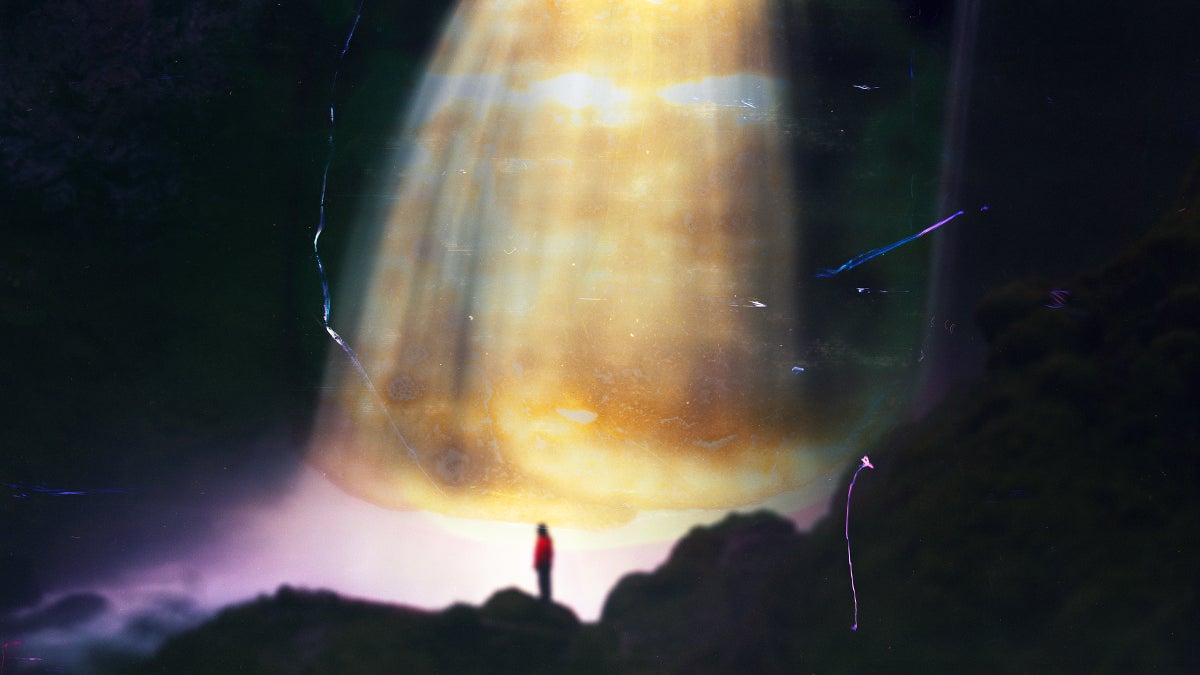No products in the cart.
Outdoor Adventure
The Future of Nature Therapy Is Psychedelic
“Everybody has something they’re struggling with, and that’s why they’re here.”
Bailey Nelson, a middle-aged government worker with dark, curly hair and glasses, tells me this as we walk along the McKenzie one morning. (Nelson is using a pseudonym to avoid any complications with her employer.) In a somber voice, she describes lifelong struggles with depression. She went through psychotherapy, antidepressants, the usual menu, but kept hitting the same wall. “I knew there was something there, I just couldn’t access it,” she says as she looks across the river. “I hadn’t gotten to the next level of thinking and consciousness, and that’s what I felt I needed.”
With retirement approaching, Nelson developed deep feelings of alienation and aimlessness. She lived in Portland, and despite the city’s beautiful green surroundings, she felt cut off from nature. When she tried to sleep, she sensed the pain of her subconscious pushing against her, something that she couldn’t grasp, leaving her anxious and angry throughout the day. “It came to a point where I felt really hopeless and needed to do something,” she says. “Like I was going to implode because I’ve tried everything. I was desperate.”
Nelson had never tried anything stronger than weed, but after doing some online research, she became intrigued by the promising research into psychedelic-assisted therapy. She also knew that the options for trying psychedelics were limited, and she didn’t want to risk losing her job. “There are a lot of stigmas around this, particularly in my line of work,” she says.
Nelson looked at Retreat Guru, a website for people interested in spiritual getaways, but the only drug experiences she saw were out of the country and recreational. Her therapist suggested she keep looking for something closer to home, which eventually led her to apply for the Silo retreat.
Silo received more than 100 inquiries about five spots, and applicants had to answer a lengthy questionnaire, designed to identify their therapy needs and screen out people who might be unstable. “We have lots of people in crisis who want to come here,” Arnold says. “I could fill a 20-person retreat with people in active crises.”
The group includes a software architect, a government worker, a retired stockbroker, and a trauma nurse. They all suffer from severe psychological conditions; one says they’re trying this therapy “because nothing else has worked.”
Once accepted, the participants did two group sessions and one individual session, in advance, with Matthew Hicks and Tal Sharabi, who are facilitating the retreat. Hicks and Sharabi studied psychedelic-assisted therapy at the California Institute of Integral Studies—a private nonprofit university in San Francisco—and have conducted their own ketamine sessions at their office in Portland. They are both bullish on the possibility of Measure 109 paving the way for increased legitimacy.
“There’s already a robust underground therapy scene happening, and of course it’s unregulated, which is a safety concern,” Hicks says. “But the new law will create a pathway for people to offer this therapy in a legal framework. That is pretty significant.”
During the preparatory meetings for the week, participants discussed what they want out of the retreat, and what help they’re hoping to take away that lasts. The group-therapy format is important; it provides a chance for people from different walks of life to share this journey together.
When the participants arrive at the lodge to get fully underway, they settle into rustic rooms in the main building—a cozy mountain lodge with deep couches, a big fireplace, and a kitchen stocked with snacks, coffee, and tea. After a breakfast of fried eggs and cinnamon-dusted sweet potatoes, each day begins with a group counseling session in the main lodge downstairs. In these meetings, each person shares their experiences, hopes, and fears. The participants will have two private counseling sessions with a therapist on the days when they’re not doing ketamine.
The ketamine sessions take place in the lodge’s old carriage house, lined with windows looking out on rolling hills. As participants take their seats, they get their blood pressure checked to make sure they’re in good physical condition. Then Hicks and Sharabi go over what they call “flight instructions,” orientation for the trip to come. They discuss the basics of the medication: how it’s taken (a sublingual troche that dissolves under the tongue), how it tastes (not great), how long it takes to kick in (ten minutes), and what the onset feels like (a little numbness in the tongue).
The experience begins with a 20-minute ceremony, and for some, the ritualistic aspects may be off-putting. But it has a clear purpose: grounding the participants for what’s to come.
“The sacredness is helpful,” Sharabi says. “In our modern world, we don’t make many things sacred, but our existence is sacred and we forgot that.”
“The ceremony is really to tell the subconscious, ‘Hey, we’re doing something different,’” Hicks says.
The set and setting are referred to together as the “container,” which means the carefully thought-out environment for the ceremony. As Sharabi puts it, “We like to create this really warm, safe container so people will feel comfortable on their journey.”
Candles are lit and classical music plays. Each participant is given a rose, a tradition that goes back to the first wave of psychedelic-therapy studies in the 1960s. “It was something beautiful to ground them, put them into a positive mindset going into their journey, and something to return to,” Hicks says. “Follow the music,” he tells the seekers.
Source link

